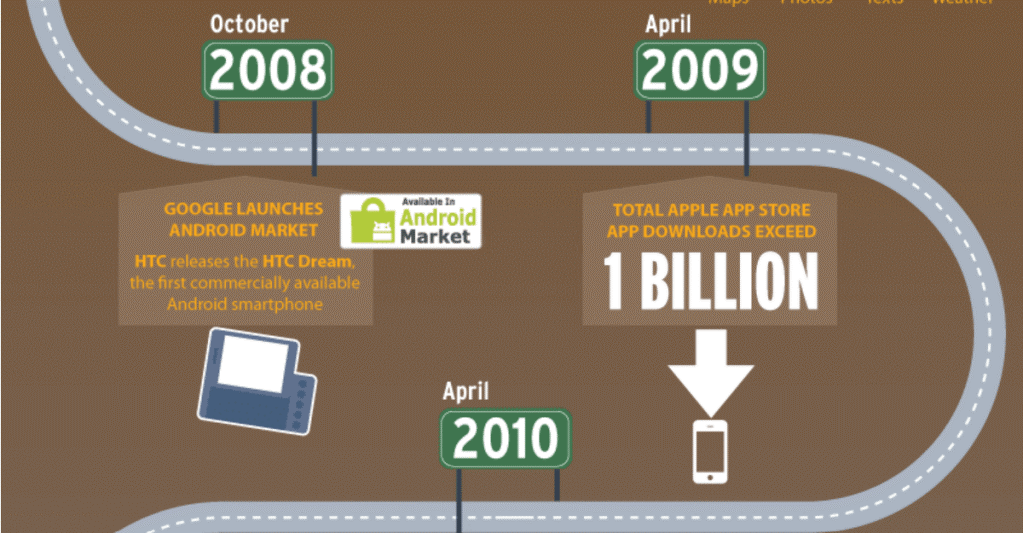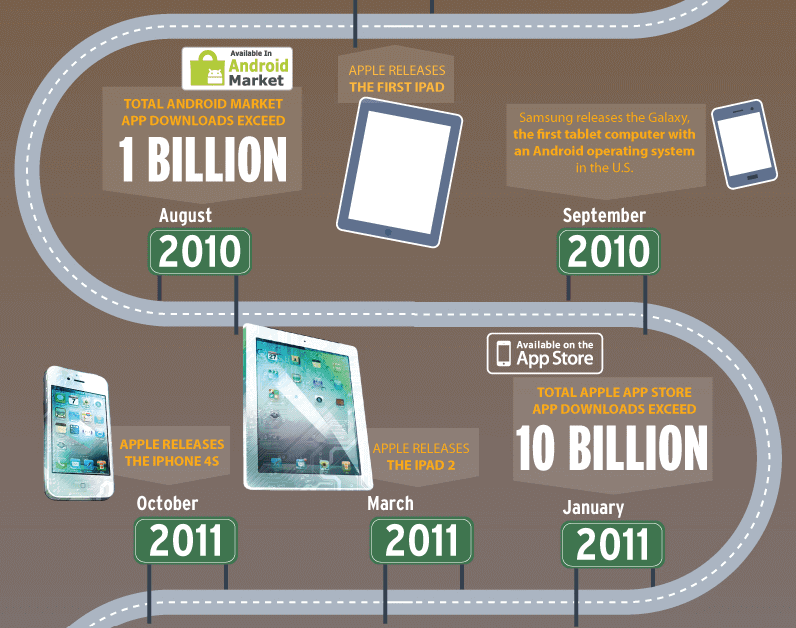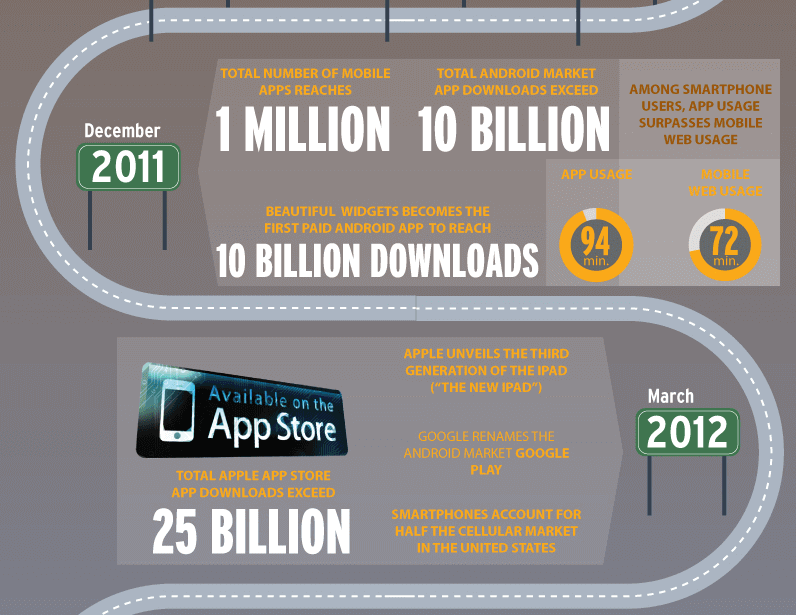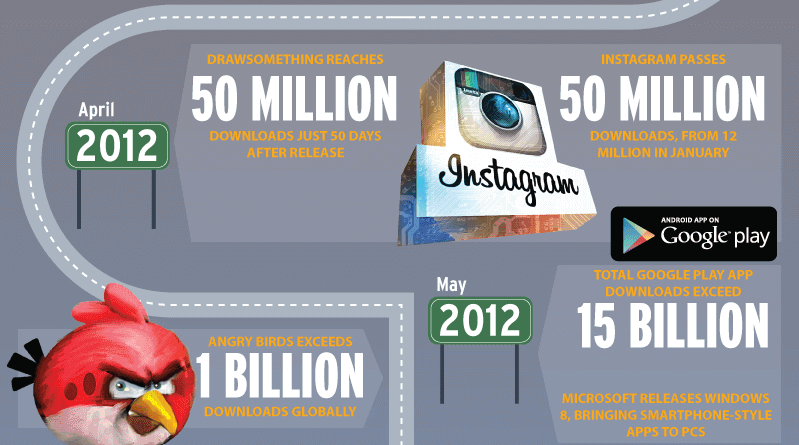Future Of Mobile Application Development

History Of Mobile Application Development
Before going and understanding the future of mobile application let us know what is the history of mobile application development.
If we stride back into the traditional days of mobile app design and development, then, we can probably find that the first used apps were mostly the monthly calendars, calculators, and even games that were developed in the Java framework.
But, interestingly, the first-ever known smartphone was launched by IBM in the year 1993. And, it came with features such as the contact book, calendar, world clock and calculator.
A few years later, in the year 2002, the next smartphone, i.e., the blackberry smartphone was launched.
This was one of the major accomplishments in the field of mobile app development, marking the significance of Blackberry Limited also known as Research in Motion Limited (RIM). This was what brought about the integration of the concept known as wireless email.
Less than 5 years since the launch of Apple’s app store, mobile applications have become one of the primary ways people communicate, shop, organize their lives, lay, or even work.
Stages of Evolution in Mobile Applications
Below is the complete roadmap till the initials of 20s.
(The Age Of Apps)
Native Mobile Application Development
|
Hybrid Mobile Application Development
|
Progressive Web Application
|
No Code & Low Code

2008-2010 Mobile Application Development

2010-2011 Mobile Application Development

2011-2012 Mobile Application Development

2012 Mobile Application Development
Read More: – Evolution of Mobile Apps – History of Mobile Application Development (acodez.in)
We have taken a look at the way the mobile application has evolved. Let us understand know why this evolution was required.
- High memory and battery consumption.
- Slowness.
- Access level control and Security.
- High development time and efforts.
- Go-live and update management etc.
Any change in business requirements would cause complete re-ramping of the application.
Low Code & No Code
Low-code & no-code will be the future of mobile application development. As both are based on the principles of automatic code generation.
Low-code development platforms (LCDPs) and no-code development platforms (NCDPs) are based on the principles of model-driven design, automatic code generation, and visual programming.
Amazon is almost leading everywhere.

Amazon vs Everyone
Build a Better Way to Work | Amazon Honeycode
Amazon Honeycode is one of the example for above. It gives us the power to build apps for managing our team’s work. Also, amazon status that no programming required to work with Amazon Honeycode.
Now what are the advantages of using no code and low code
- As businesses are changing a way faster than what was expected, we can adapt our custom app built with no code or low code platform. Any updates made to our app or its data are instantly shared to the customer.
- We can configure our app so that each team member sees only the data they need to see and nothing more.
- We can build our app for web browsers and mobile devices so our customer can use app from anywhere. etc.
In case of Honeycode we can easily integrate with popular SaaS applications, AWS services, and other tools by using Zapier or Amazon AppFlow.
Creating a New Application in React Native – Chandan Rajpurohit